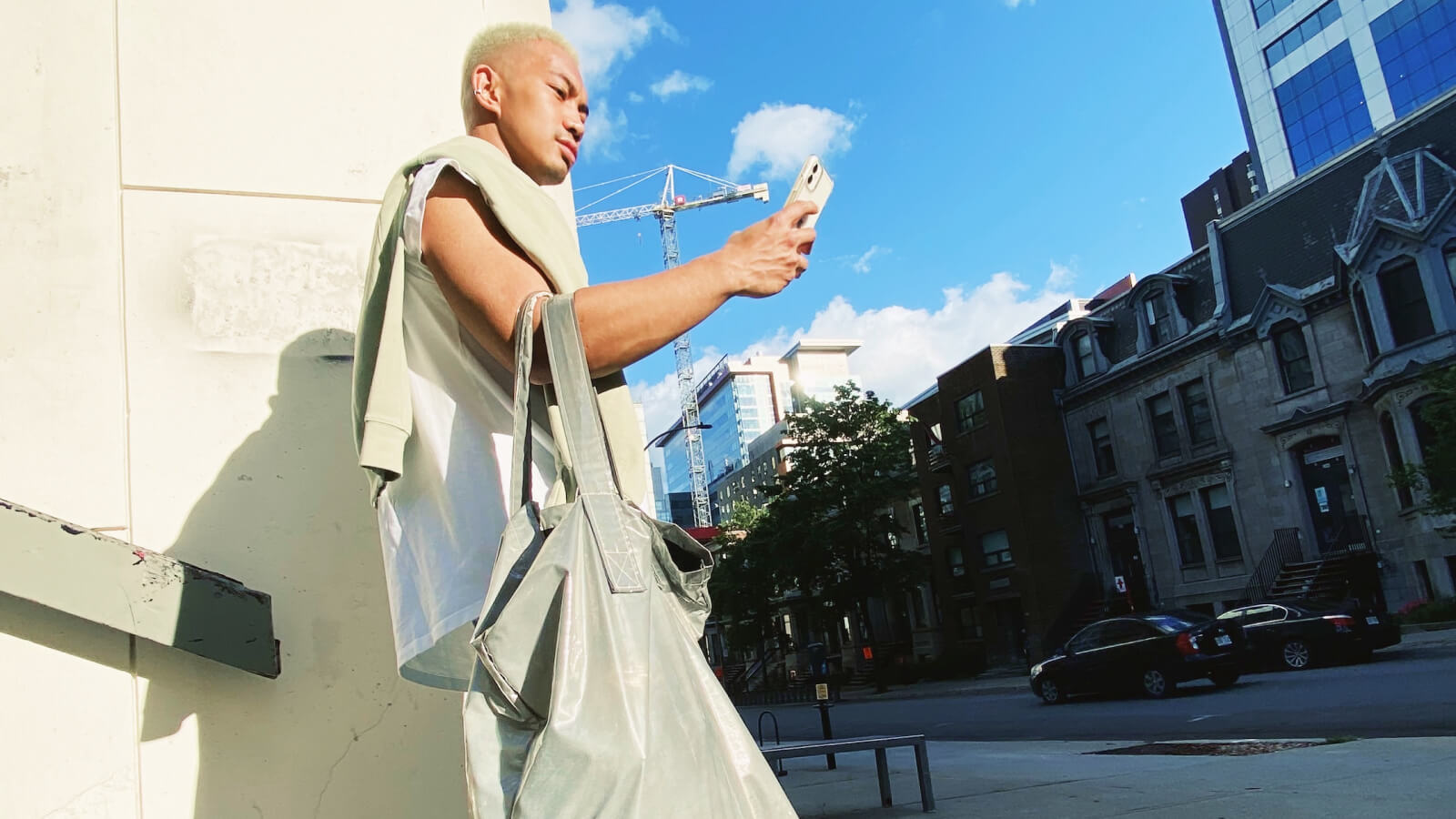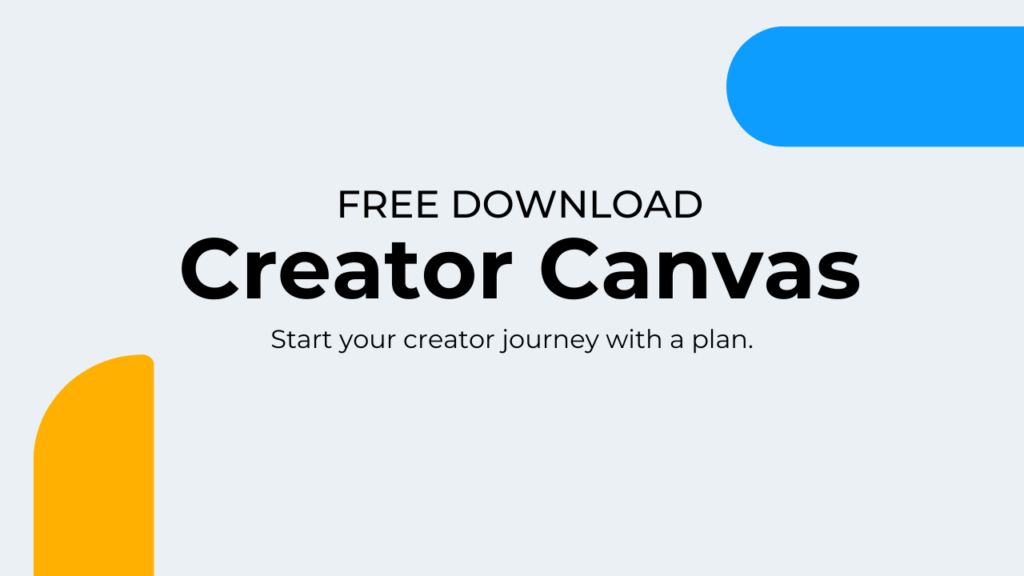
Why Influencers Are Now The Creator Economy (and what this means for you)
We witnessed significant shifts in the world during the past years due to the global pandemic. One of the biggest shifts that had nothing to do with the medical or political fields was in the Creator Economy. The biggest gainers from that shift were influencers, YouTubers, and content creators – all independent business-minded individuals doing what they love while actually making money.
Those individuals didn’t come out of nowhere–nor are they going anywhere–but the ways in which they continue to affect the Creator Economy and contribute to its growth are becoming more accessible than ever. As such, knowing what the Creator Economy is and how to start benefiting from it as an independent business are crucial to monetizing your own content.
What Is the Creator Economy?
Let’s look at what the Creator Economy is.
First, the Creator Economy isn’t new. Platforms driving the Creator Economy, such as YouTube, Instagram, and Spotify have been around since the late 2000s.
As content creators on those platforms started to gain popularity and reach incredibly loyal audiences, brands started to realize that they could lean on these creators to influence their fan bases by way of covert advertisements. This led to the rise of sponsored content (both real and fake) and influencer agencies – really, the foundation of the influencer marketing phenomenon that we see today.
However, as SignalFire so thoroughly examines in their history and state of the Creator Economy, there are a few reasons the Creator Economy has had to evolve from what was considered “influencer marketing” to what it is now. Those reasons are:
- Content creators have recognized that not only do platforms not have their best interests in mind but changes in user behavior can greatly affect whether certain platforms will remain profitable.
- The ways in which platforms determine how and why creators monetize content are often unclear, leading to creators having to broker deals directly with sponsors to make a profit from their content.
- There are up to 50 million individual creators monetizing their content on a regular basis.
- According to Influencer Marketing Hub, as of May 2021, “it’s safe to say that the Creator Economy boom has hit full stride in 2021 with an estimated $104.2B market size”
As a result of the sheer number of creators and the record-setting amount of money being invested in the ability to monetize as a creator, the Creator Economy landscape has become more complex than ever before.
Are You a YouTuber? Influencer? Creator?
While these terms may seem mutually exclusive of each other – and were mutually exclusive for a time – in reality, the current state of the Creator Economy has allowed content creators to become all three and monetize in ways no one dreamed of in the late 2000s.
While brand deals and sponsored posts are still considered the primary source of income for content creators, there are myriad other ways to monetize the content you’re already creating. Various social media platforms have creator funds and programs to pay creators and offer ways for them to work directly with brands that make sense for their content and audiences.
As mentioned earlier, though, creators have largely moved away from being platform-specific so that they don’t have to worry about things like platform fatigue, demonetization, or being at the mercy of the brands that pay them to create content.

The Demand for Content
Did you know that YouTube is the second most visited website in the world and it’s the only social media platform that has consistent use across almost all demographics? Additionally, according to MediaKix, how-to/tutorial style videos are among the three most popular video types on YouTube.
The demand for content that both entertains and educates is growing and will likely continue to grow as Gen Z looks to platforms like YouTube, TikTok, and Instagram to find creators who help them become more knowledgeable about various topics. This means that ad revenue will continue to grow for each of these platforms – and likely others in the future – giving content creators the opportunity to both increase their incomes from platforms and start to generate revenue from the content they’re already creating.
Content Creators Are Starting Their Own Businesses
As we alluded to earlier, content creators should really consider themselves legitimate businesses within the Creator Economy. It offers the “opportunity to build something, from scratch, for yourself, on your own terms (Inc.com).”
If you’re considering becoming a full-time content creator, that leap into the unknown can be scary. There are a number of statistics out there that could dissuade you from taking the risk. However, as we’ve seen from the evolution of the Creator Economy, there are ways for you to cleverly and efficiently begin to monetize your content so you can make a livable wage sooner.
Ways to Monetize Your Reach as a Content Creator
Creators are now finding more and more ways to take control of their businesses and earn the most possible income from their content.
As a content creator, you still need to build an audience using social media platforms like YouTube, Instagram, and TikTok, while utilizing a multi-channel approach to maximize your reach and influence. However, there are now a number of ways that creators can maximize their incomes.
This consists of independent creators monetizing their content via multiple platforms and channels, including personal websites, books, premium content on sites like OnlyFans, merchandise, and courses that fans can access through memberships and subscriptions.
A few of the best platforms for doing this are:
- Subscription platforms like Patreon allow creators to charge for exclusive content on a sliding scale. These platforms do, however, take a cut of monthly income in order to use the platform.
- If you’re interested in monetizing content requests and opinions, apps like NewNew allow fans to pay to vote on anything you ask to vote on. This app does also take a commission.
- Merchandising platforms like Moteefe allow creators to design and sell custom merchandise on social media platforms on a need-to-have basis, meaning you don’t need to purchase stock in advance.
If you’re constantly providing your audience with educational content that they can benefit from on an ongoing basis, you’re in a great position to create a course and ask your audience to pay for access. While there may be some large platforms out there that feature a lot of creators, there are some drawbacks to using them.
First, some of these platforms are saturated with other creators and there’s really no incentive for members to watch your videos. That means if you’re in a highly competitive content category, you could receive a very small share of viewing from students.
Second, some course creation platforms can charge up to $400 a month if you have a robust collection of content and courses.
One of the easiest ways to begin building your courses and really controlling your content pipeline is to build your own website. WordPress websites take minutes to create and launch, meaning you can start creating your courses in less than a day using the LearnDash LMS plugin.
Become the Entrepreneur You Want to Be
Now that you have the knowledge and tools you need to start earning money with your content, there are a few things you may need to ensure your success.
Download our creator business canvas template to build your own path to financial sustainability with content.


Ceyoncé Escamilla
@LearnDashLMS






